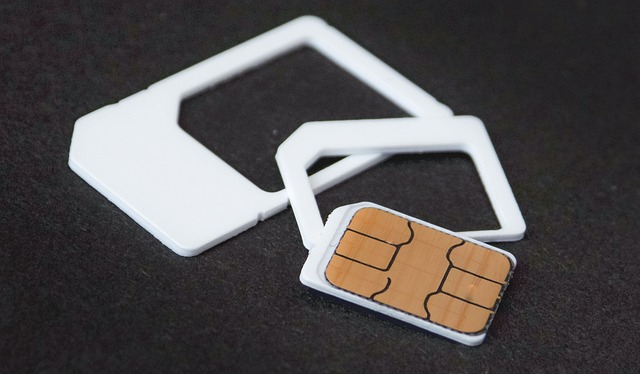Understanding Contract Terms and Flexible Payment Plans
Mobile phone contracts have evolved significantly, offering consumers various options to suit different budgets and usage patterns. Modern telecommunications providers now present a range of contract structures, from traditional long-term agreements to flexible monthly plans that adapt to changing needs. Understanding these options helps consumers make informed decisions about their mobile connectivity while managing costs effectively.

The mobile telecommunications industry continues to transform how consumers access and pay for their services. With numerous providers competing for market share, understanding the intricacies of contract terms and payment structures becomes essential for making cost-effective decisions.
Exploring Mobile Phone Contracts and Flexible Plans
Mobile phone contracts typically fall into two main categories: traditional fixed-term agreements and flexible month-to-month arrangements. Fixed-term contracts usually span 12, 18, or 24 months, offering lower monthly rates in exchange for commitment. These agreements often include subsidized handsets, spreading the device cost across the contract duration. Flexible plans, conversely, provide greater freedom with shorter commitment periods, though they may carry higher monthly fees or require upfront device payments.
Contract terms encompass various elements including data allowances, call minutes, text messages, international roaming provisions, and early termination clauses. Understanding these components helps consumers evaluate which plan structure aligns with their communication habits and financial preferences.
The Evolving Landscape of Mobile Connectivity
The telecommunications landscape has shifted dramatically with the introduction of 5G networks, unlimited data plans, and family sharing options. Providers now offer more sophisticated packages that include entertainment subscriptions, cloud storage, and multi-device connectivity. This evolution reflects changing consumer demands for comprehensive digital services beyond basic voice and text communication.
Network quality, coverage areas, and data speeds have become crucial differentiators among providers. Many companies now offer trial periods or satisfaction guarantees, allowing customers to test services before committing to longer-term agreements. This trend toward customer-centric policies reflects increased competition and regulatory pressure for transparency.
Understanding the Core Offerings
When evaluating mobile plans, several core factors require consideration. Data allowances range from limited monthly allocations to unlimited options, with varying speeds and throttling policies after certain usage thresholds. Voice minutes may be unlimited domestically or include specific international calling provisions. Text messaging capabilities often extend to multimedia messaging and international SMS services.
Additional features frequently include mobile hotspot functionality, premium network prioritization, and bundled streaming services. Some providers offer loyalty programs, upgrade incentives, or family plan discounts that can significantly impact overall value propositions.
| Provider Type | Plan Structure | Monthly Cost Range | Key Features |
|---|---|---|---|
| Major Carriers | 24-month contracts | $50-$120 | Device subsidies, premium network access |
| Budget Providers | Month-to-month | $25-$60 | Flexible terms, basic features |
| Prepaid Services | Pay-as-you-go | $15-$45 | No credit checks, immediate activation |
| Family Plans | Shared contracts | $100-$200 | Multiple lines, shared data pools |
Prices, rates, or cost estimates mentioned in this article are based on the latest available information but may change over time. Independent research is advised before making financial decisions.
Payment Structure Considerations
Flexible payment plans accommodate various financial situations through multiple approaches. Some providers offer device financing separate from service plans, allowing customers to upgrade phones independently of contract renewals. Others provide lease options where customers can return devices after specific periods without ownership transfer.
Autopay discounts, paperless billing incentives, and loyalty rewards can reduce monthly costs. Many companies also offer temporary payment deferrals or hardship programs for customers experiencing financial difficulties. Understanding these options helps consumers maintain service continuity while managing budget constraints.
Making Informed Decisions
Successful contract selection requires careful evaluation of usage patterns, budget limitations, and future needs. Consumers should calculate total cost of ownership including device costs, monthly fees, taxes, and potential overage charges. Reading contract terms thoroughly, particularly early termination fees and automatic renewal clauses, prevents unexpected charges.
Comparing providers involves examining network coverage in frequently visited areas, customer service ratings, and additional benefits beyond basic connectivity. Many comparison websites and consumer advocacy organizations provide objective evaluations to assist decision-making processes.
The mobile phone contract landscape continues evolving with technological advances and regulatory changes. Staying informed about industry trends and regularly reviewing plan performance ensures optimal value and service quality. Whether choosing traditional contracts or flexible arrangements, understanding available options empowers consumers to select plans that best serve their communication needs while maintaining financial control.




